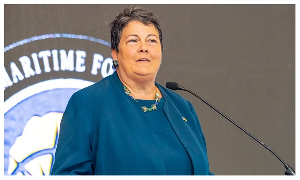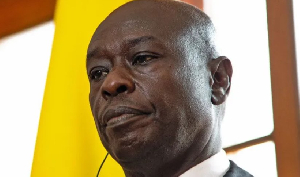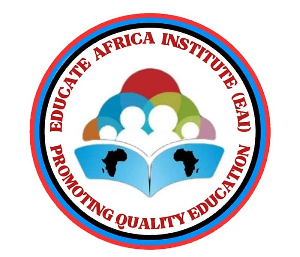The U.S. Embassy in Accra has committed US$1.7million (nearly GH¢30million) to support drought victims in the Northern Region and middle belt.
At a press briefing, following the Coastal States Stability Mechanism (CSSM) launch, U.S. Ambassador to Ghana Virginia E. Palmer made this known – indicating that the support for drought victims will be made available through the Livelihood Empowerment Against Poverty (LEAP) programme.
“I would like to announce that the United States is going to deliver another US$1.7million, which is close to GH¢30million, mostly through the LEAP programme to assist people affected by the drought,” she said.
Recently, on August 26, 2024, government announced the allocation of GH¢8billion to provide relief for farmers and implement drought mitigation measures.
According to the Ministry of Food and Agriculture, maize, rice, groundnut, soybean, sorghum, millet and yam were the most widely affected crops across eight regions – Northern, Upper East, North-East, Savannah, Upper West, Bono, Bono East and Oti.
Over 980,000 farmers cultivating an estimated 1.8 million hectares have been affected, with potential losses estimated at GH¢ 22.2billion. The affected regions contribute about 62 percent of the country’s annual grain supply.
A report by the Northern Regional Department of Agriculture shows that a total 460,784 hectares of farms, accounting for 60 percent of the region’s cultivated land, have been negatively affected by the dry spell. It further states that a total 752,965 hectares of farmland were cultivated by 604,426 farmers comprising 425,715 males and 178,714 females.
Also, projections by the United States Department of Agriculture (USDA) on the country’s 2024/2025 maize harvest say it is expected to reach only 2.3 million tonnes, marking a dramatic 36 percent decrease.
Information published by Milling Middle East & Africa further states that the UDSA projection predicts a shortfall in maize production from last year’s harvest of 3.4 million tonnes – and a 28 percent drop compared to the five-year average.
Considering the dry spell’s adverse impacts on families whose livelihood depends on corn and other grain crops, Ms. Palmer stressed that this intervention will support vulnerable groups in the country.
Reactions from interest groups
Some stakeholders in the agricultural space, such as the Chamber for Agribusiness Ghana (CAG), have criticised government for its failure to develop a risk mitigation plan that deals with the country’s protracted drought.
The Chamber further urged government to revise its food security measures and adopt a sustainable approach – including expanding existing dams for dry-season farming; engaging with banks, financial institutions and agro-input importers to reduce interest rates and debt repayment modes for farmers; and developing a 10-year policy plan brief, among others.
Business News of Friday, 18 October 2024
Source: thebftonline.com

















